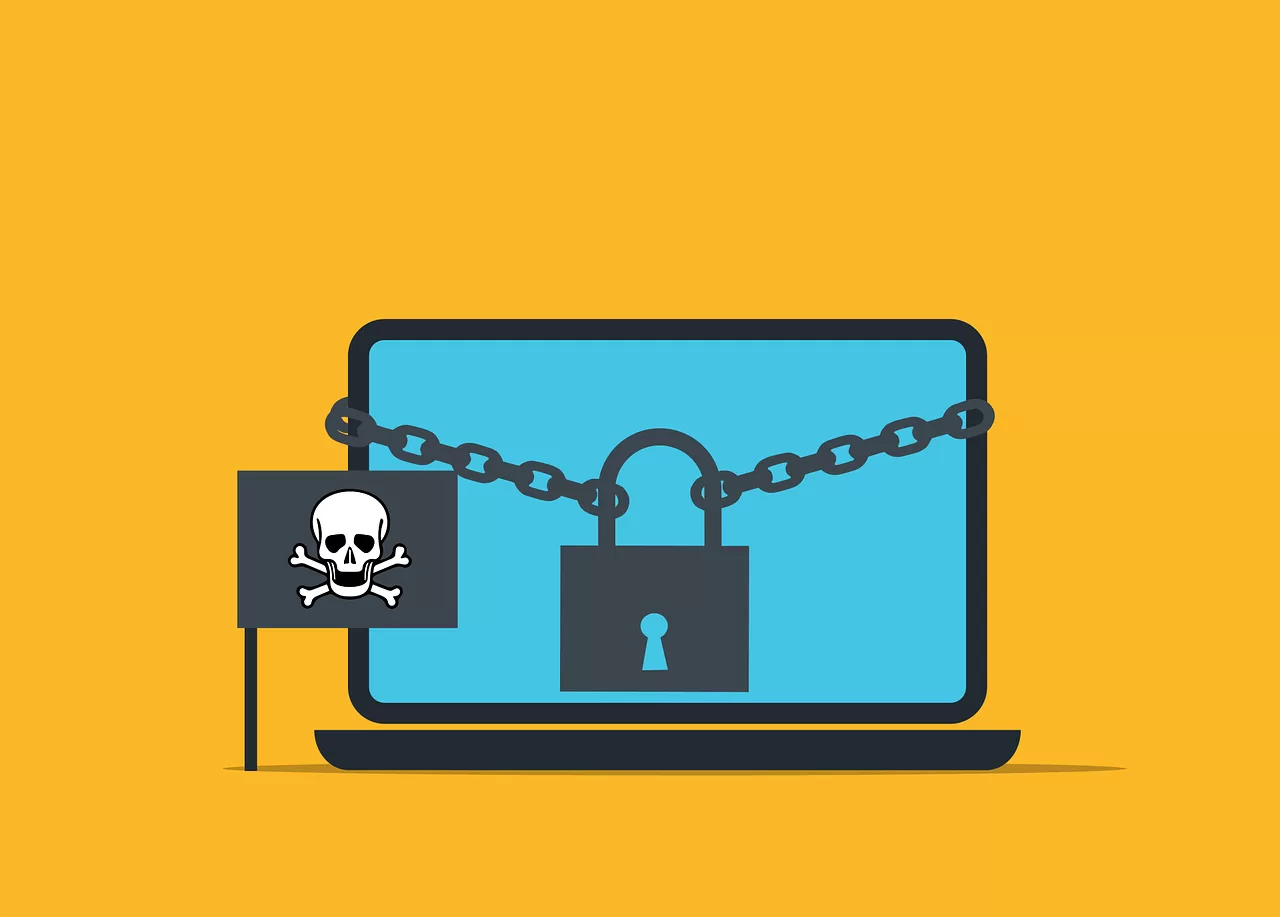Ransomware is a huge problem for both individuals and businesses. It can lock up your files and demand money to get them back. But don’t worry—this article will show you how to protect yourself and what to do if you ever get hit.
What is Ransomware?
Ransomware is a nasty type of malware that sneaks into your computer, locks up your files, and then demands a ransom to unlock them. It’s scary, expensive, and something you definitely want to avoid.
How Does Ransomware Work?
Ransomware usually gets in through sketchy emails or dodgy websites. It can also spread across networks. Once inside, it encrypts your files with a super-strong code, making them inaccessible. Then, you get a message demanding payment.
How Does Encryption Work?
Encryption scrambles your files using algorithms and special keys. Think of it as a digital lock-and-key system. The problem is, with ransomware, the hackers hold the key—and they won’t give it back unless you pay up.
How to Prevent Ransomware Attacks
The good news? You can take steps to stop ransomware before it ever becomes a problem. Here’s what you need to do:
- Keep Your Software Updated: Always update your operating system and apps. Updates patch security holes that ransomware loves to exploit.
- Use Reliable Antivirus Software: A good antivirus program can detect and block ransomware before it does any damage. Keep it up to date and running at all times.
- Be Cautious with Emails: Don’t open emails from unknown senders, and definitely don’t click suspicious links or download unexpected attachments. If something feels off, it probably is.
- Back Up Your Files: Regularly back up important files to an external hard drive or cloud storage. If ransomware strikes, you can restore your files instead of paying a ransom.
What to Do If You Get Ransomware
If you think you’ve been hit with ransomware, don’t panic. Follow these steps:
- Disconnect from the Internet: Unplug your computer from Wi-Fi or Ethernet immediately. This might stop the ransomware from spreading.
- Don’t Pay the Ransom: Paying doesn’t guarantee you’ll get your files back. Plus, it encourages cybercriminals to keep attacking others.
- Report the Attack: Let the authorities know—report it to law enforcement and your country’s cybersecurity agency. They might have solutions or be able to track the attackers.
- Restore From Backups: If you’ve been backing up your files, you can wipe your system and restore everything from a clean backup.
How Can Businesses Stay Safe?
Businesses need to take extra precautions. Here’s how:
- Train Employees: Educate your team on how ransomware works and how to spot suspicious emails or links.
- Limit File Access: Not everyone needs access to all files. Restricting access can prevent ransomware from spreading across your entire system.
- Have a Response Plan: A ransomware attack can be chaotic, so have a plan in place. Run drills so your team knows exactly what to do if it happens.
How is Ransomware Evolving?
Cybercriminals keep coming up with new tricks. Here are some trends to watch out for:
- Attacks on Phones and Tablets: It’s not just computers anymore—ransomware is now targeting mobile devices too. Be just as cautious with your phone as you are with your PC.
- Double Extortion: Some hackers don’t just lock your files; they steal your data and threaten to leak it unless you pay up. This makes attacks even more dangerous.
- Cloud-Based Attacks: More people are storing data in the cloud, so hackers are going after cloud services. Make sure your cloud storage has strong security.
Stay Safe and Stay Prepared
Ransomware is a real threat, but you can protect yourself by staying updated, being cautious online, and keeping backups. If you run a business, training your team and having a solid plan is essential.
Don’t try to fight ransomware alone. Need help securing your data? Contact us for expert advice!
Article used with permission from The Technology Press.


Comments are closed